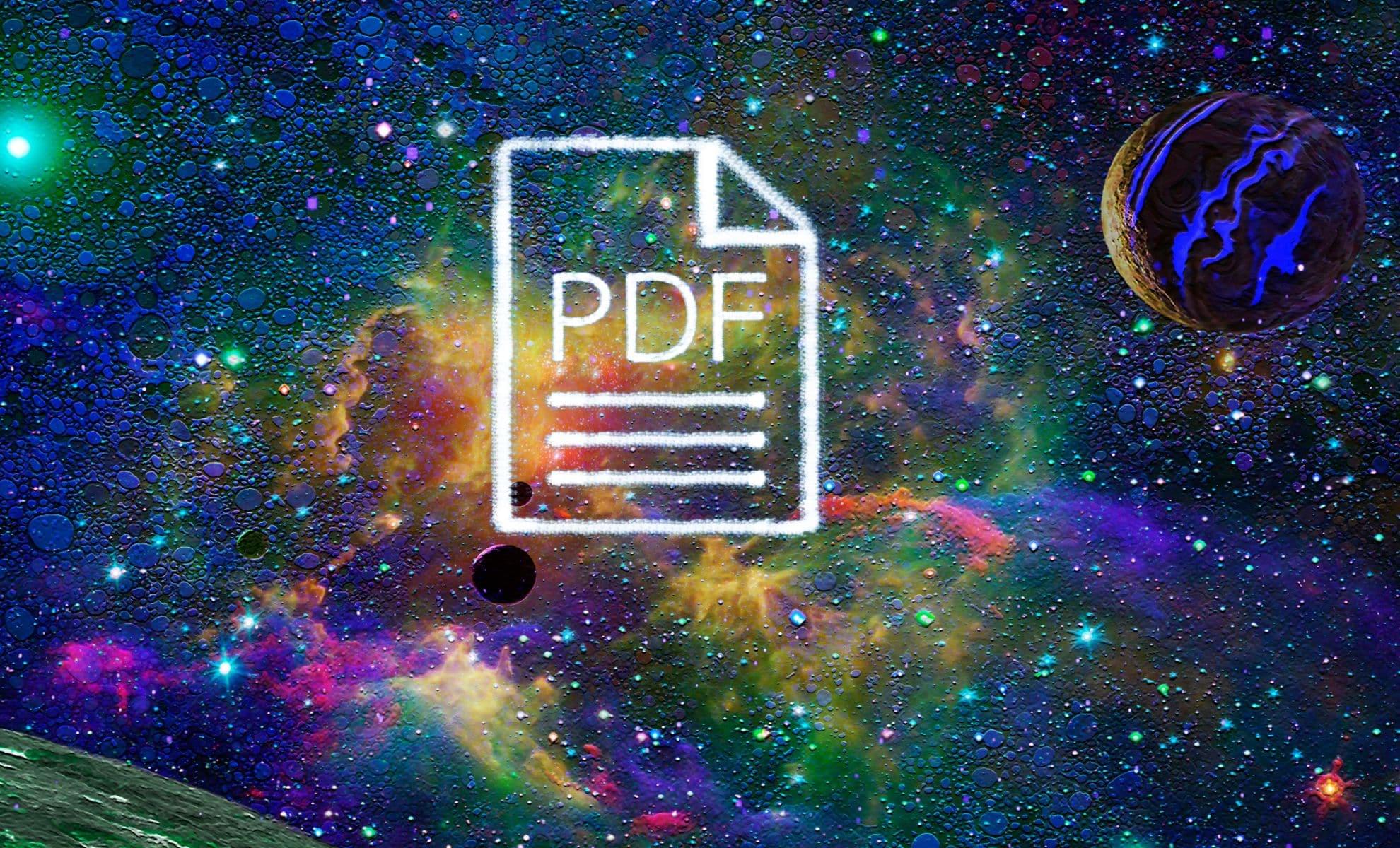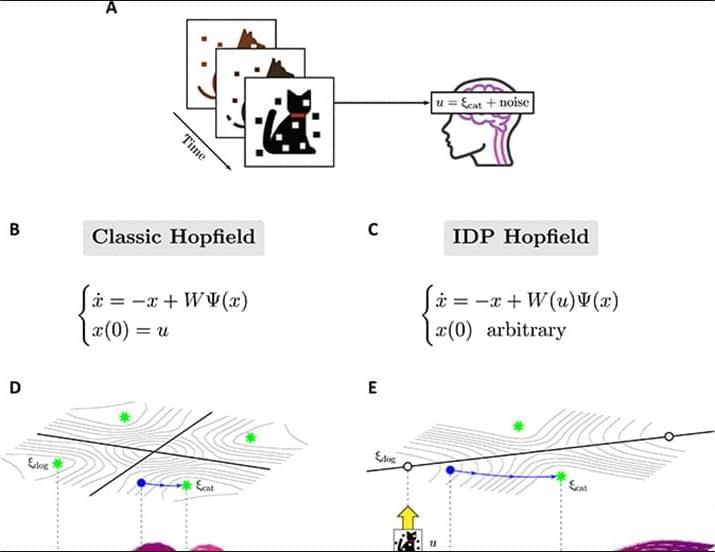Researchers have developed a novel optical technique to observe the incredibly fast formation of electrical double layers (EDLs) in liquids.



My 4th Video in my Future Series, This depicts the human colonization of other planets.#lifeinthefuture #future




An animated introduction to the Fourier Transform.
Help fund future projects: https://www.patreon.com/3blue1brown.
An equally valuable form of support is to simply share some of the videos.
Special thanks to these supporters: http://3b1b.co/fourier-thanks.
Learn more about Janestreet: https://janestreet.com/3b1b.
Follow-on video about the uncertainty principle: https://youtu.be/MBnnXbOM5S4
Interactive made by a viewer inspired by this video:
https://prajwalsouza.github.io/Experiments/Fourier-Transform-Visualization.html.
Also, take a look at this Jupyter notebook implementing this idea in a way you can play with:
https://github.com/thatSaneKid/fourier/blob/master/Fourier%2…tion.ipynb.
Thanks to these viewers for their contributions to translations.
Hebrew: Omer Tuchfeld.
Russian: xX-Masik-Xx.
Vietnamese: @ngvutuan2811
—————–

